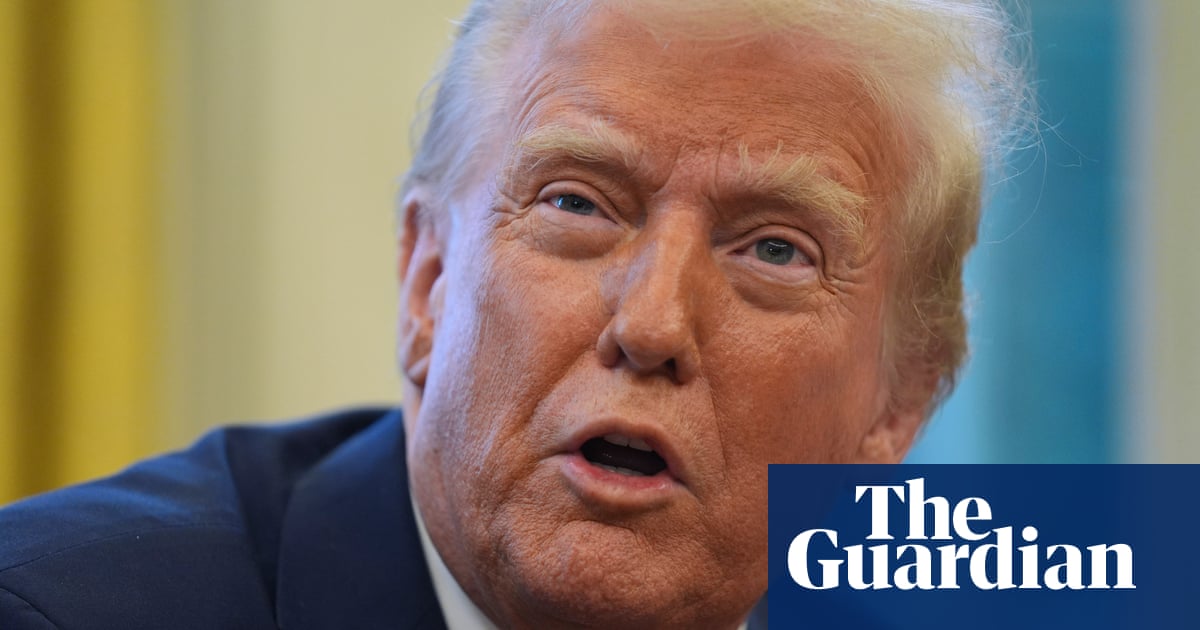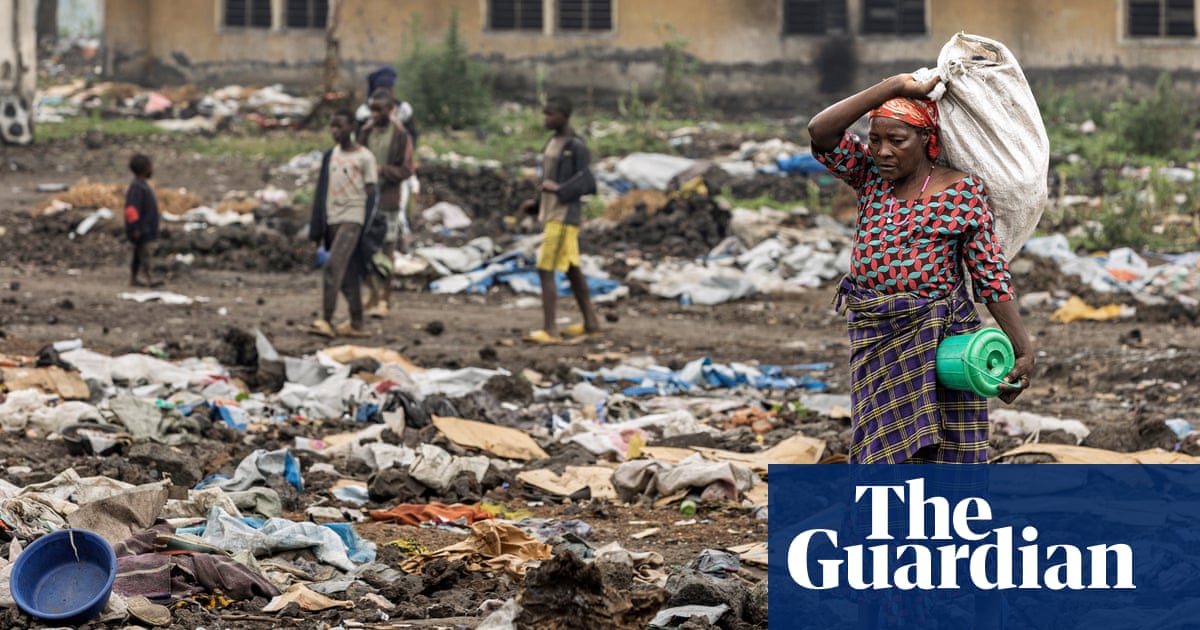
This article is part of the Guardian’s Women’s World Cup 2023 Experts’ Network, a cooperation between some of the best media organisations from the 32 countries who qualified. theguardian.com is running previews from two countries each day in the run-up to the tournament kicking off on 20 July.
Overview
Until last year, the closest the Republic of Ireland had come to qualifying for a major tournament was when they made it to a playoff for Euro 2009, Iceland putting paid to their ambitions. But after taking the runners-up spot in their World Cup qualifying group behind Sweden, thanks largely to beating Finland home and away, they finally did it with a 1-0 playoff victory over Scotland last October.
“What heroes, what fighters, what tigers,” said a rapturous Vera Pauw that night at Hampden Park, the Dutchwoman, after 25 years in coaching, having made it to her first World Cup too. Seven defeats in a row in the early part of her reign hardly augured well, but the team turned it around, captain Katie McCabe and midfielder Denise O’Sullivan, with 13 goals and 11 assists between them in the qualifying campaign, their standout players.

The success, however, has primarily been built on a solid defence, with Louise Quinn and Niamh Fahey at its heart. Goalkeeper Courtney Brosnan has shone after difficult moments earlier in her career, seven successive clean sheets up to last April earning her Ireland’s international player of the year award.
Pauw’s conservative tactics – she usually opts for five at the back with two midfielders performing shielding duties – aren’t universally appreciated, but she stands by her approach. “It is not that I love a deep block, I love winning,” she has said. “We need to be realistic. We have performed so well as a team and that starts with not conceding.”
Against stronger opposition, though, goals can be hard to come by, set-pieces often their chief source. McCabe, O’Sullivan and Megan Connolly are likely to be key again with their set-piece deliveries. As will the ever-trusty head of Quinn.
The coach
Vera Pauw. The former Dutch international, who was a teammate of the England manager, Sarina Wiegman, for a decade, is a vastly experienced coach who had spells in charge of Scotland, the Netherlands, Russia and South Africa before being appointed to the Ireland job in 2019. Last year was a momentous one in her life, the 60-year-old going public with allegations she had been raped as a young woman by a Dutch coach and sexually assaulted by two more.
In December, she was on the receiving end of allegations, chiefly about “body-shaming” players in her season in charge of Houston Dash. She was sanctioned by the NWSL, but she has strenuously denied the charges and engaged a lawyer to fight them. “I’m not going to sit in a corner and let the storm get over me. Be the storm.”
Star player
Undoubtedly, Katie McCabe. The Dubliner, who was named Arsenal’s player of the year for the 22-23 season, is the face of this team, having been appointed her country’s youngest captain at 21 six years ago. Goals, assists, tackles, arguments with the ref, she brings the lot. McCabe gave fans a fright when rolling her ankle in Thursday’s friendly against France, but says no major damage was done. “Everything is looking really positive. I’m in a good a place and hopefully will be back on the pitch early next week,” she said on Friday. Now the debate can return to where on the pitch she should be deployed/ Most Ireland fans would prefer to see her further up the pitch, but the ever-cautious Pauw often slots her in to the left wing-back role. Wherever she plays, she is central to Ireland’s prospects.
Rising star
This will sound weird but Ireland’s rising star could well be a 33-year-old midfielder. Sinead Farrelly made her debut for her adopted country last April after an eight-year absence from the game, during which she was central to the NWSL’s investigation into misconduct by coaches in the league after her allegations against her former coach Paul Riley. “We were waiting on a player like Sinead,” said Vera Pauw after Farrelly’s debut against the United States, the country of her birth. She’s never lost her class, and, if fit, could take the quality of the midfield up several notches.
after newsletter promotion

Did you know?
If she hadn’t chosen boxing over football, the world champion Katie Taylor could well be limbering up for a World Cup. A hugely gifted player, she was called up to the Irish Under-19 squad when she was 15 and went on to win 11 senior caps. She turned down a contract offer from Arsenal in 2008 to focus on boxing. With an Olympic gold medal and professional world titles to her name, you’d imagine she has no regrets.
While the domestic game struggles in terms of attendances and media coverage, and carries on losing its best players to the UK and beyond, the national team’s profile has gone through the roof since World Cup qualification. There has been a surge in young girls joining clubs when Gaelic games would have been the No 1 attraction. There have been record crowds and TV audiences along the way for the national team who now have match-fee parity with their male counterparts. Come September, they will play in the national stadium for the first time. It’s six years since the squad threatened strike action against their association for being treated “like the dirt on the their shoe,” as their legal adviser put it. Changed times.
Realistic aim at the World Cup?
It’ll be no small challenge finishing in the top two in a group that includes the co-hosts Australia and the Olympic champions, Canada, both ranked in the world’s top 10. Realistically, Ireland’s best hope would be runners-up, at which stage they would probably meet England in the last 16. Tricky. Vera Pauw, though, is up for that challenge. “What was it that Jackie Charlton used to say? We’ll give it a lash.”
Written by Mary Hannigan for The Irish Times.










 English (US)
English (US)